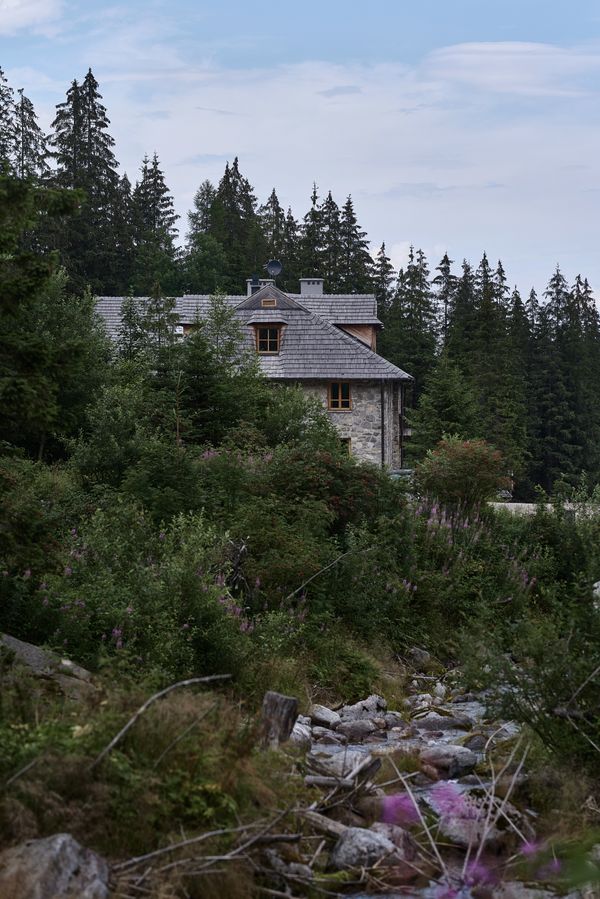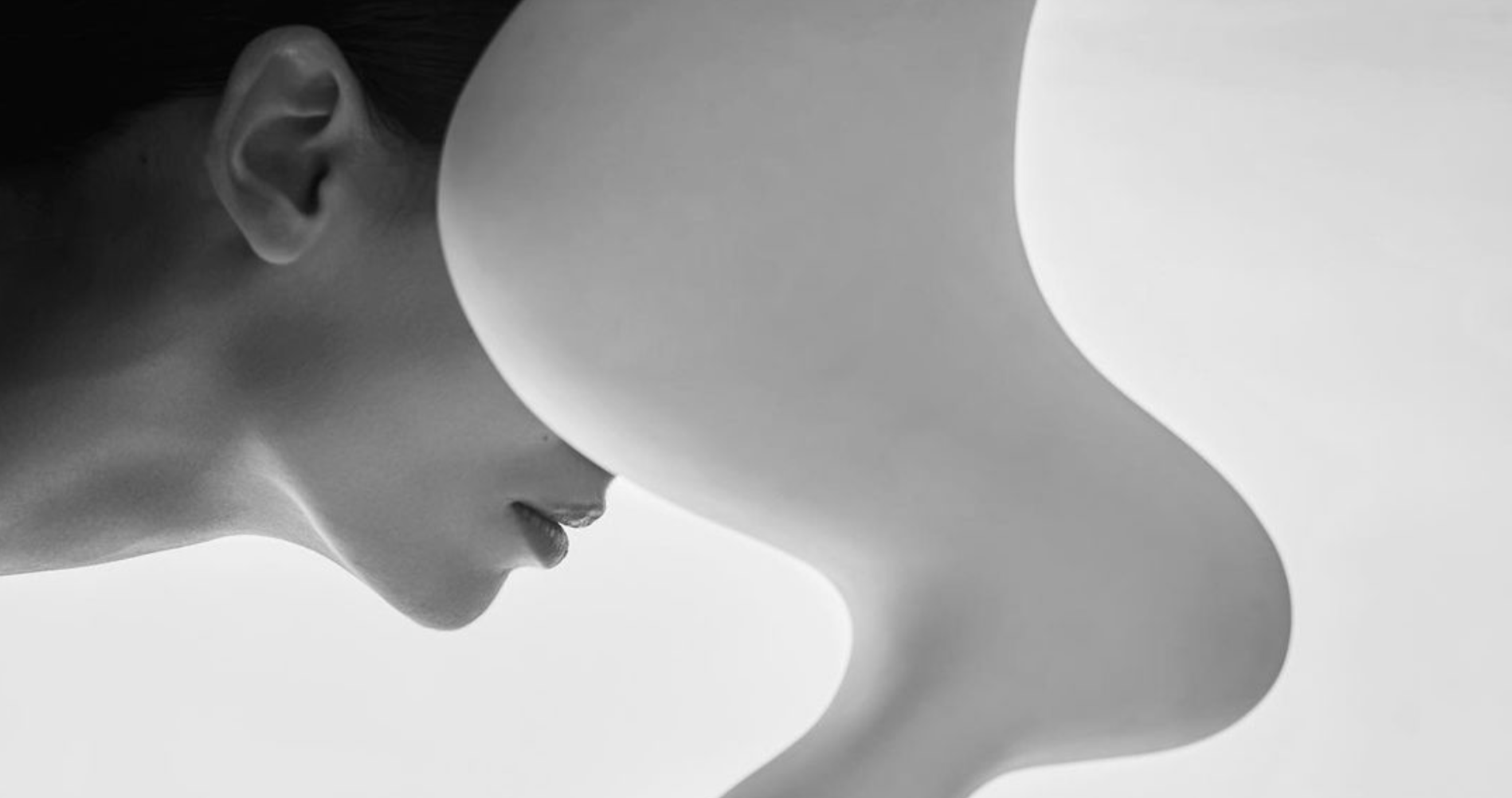Sofia Gorbachevska’s formal designs reflect a constant search for self, discovery, and development. But what makes Sofika Ceramics unique? In our article, we asked the Ukrainian ceramist about the significance of her profession to her.
“For a long time, I didn’t think about creating my own brand, I just continued doing what I started after my university studies and what I love most—sculpting. When the question arose of what to call my brand, the answer came immediately: it should be Sofika (my name is Sofia) because this brand is first and foremost about me and my worldview,” she begins.
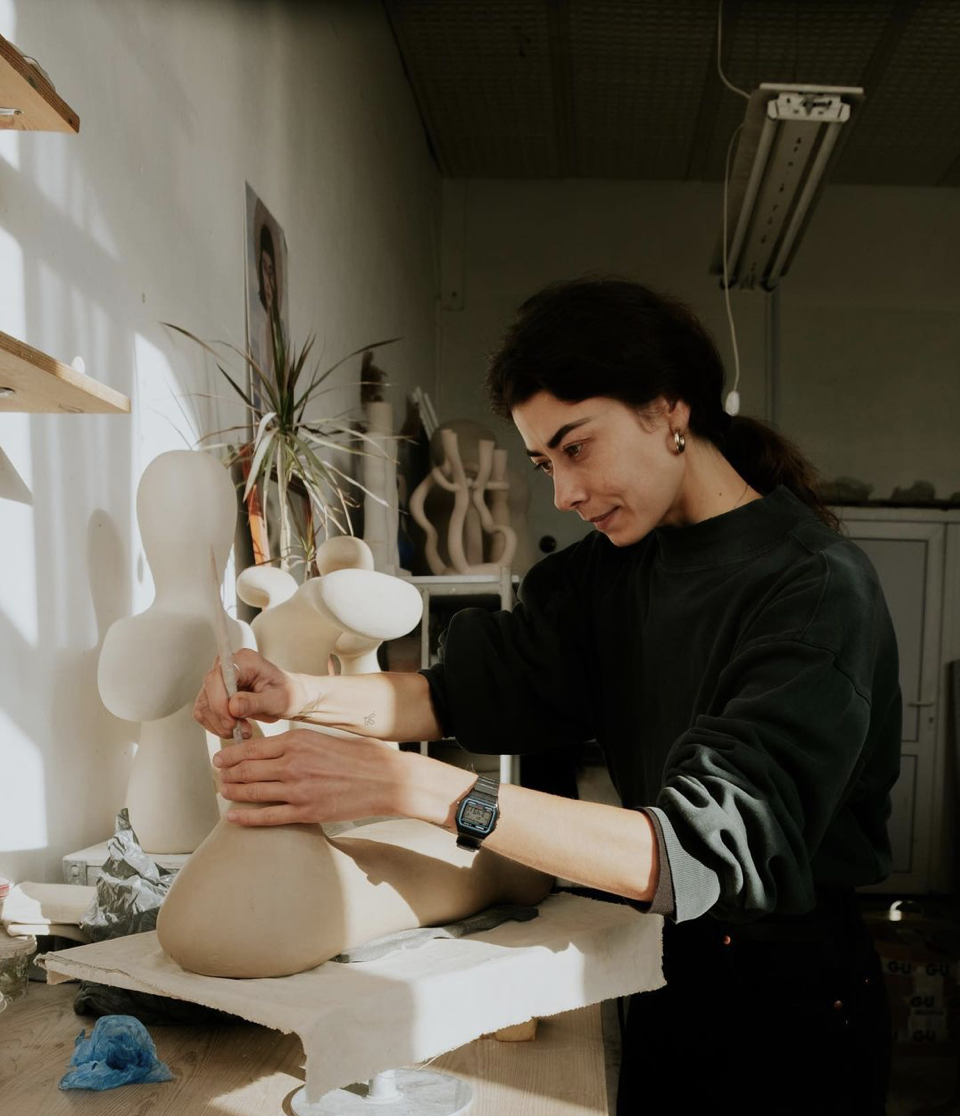

That’s how Sofia Gorbachevska built her own brand, which had just burst onto the scene. At the same time, war broke out in Ukraine, which made it difficult to keep raising her profile, and even to continue her creative work. “It’s not easy, because, in addition to the worries about my work, I’m constantly thinking about how to protect myself and my loved ones. I can’t work in my workshop because of lighting and heating problems, and the constant air raids force me to give up my daily work schedule,” she added.
Life now seems to be frozen in Ukraine, waiting for victory. Sofia doesn’t want to leave her home in Kyiv either, so she only makes a few short trips to art residencies or meetings. “I am inspired by lines, shapes, nature, material, its plasticity, the physics of various natural processes such as the flexibility of the body and the flawlessness of its lines, the spaces between shapes and shadows,” she emphasized.

She says that the most important thing for her at this stage is how she communicates what she sees. She tries to consider and capture the nature of the material and the technology in her work. “I want to blur the line between ceramics and art. It is my mission to make ceramics become art under my hands. Usually, contemporary artists go beyond traditional genres or the use of materials. Ceramics, for example, can be combined with textiles, painting, etc. It is the work itself, the idea behind it, that is important, not the material it is made of,” she noted.
Ceramics share similarities with many sculptural materials—wood, metal, plastic—and the technology and the way they are shaped makes the line between sculptural and decorative design elements very thin.
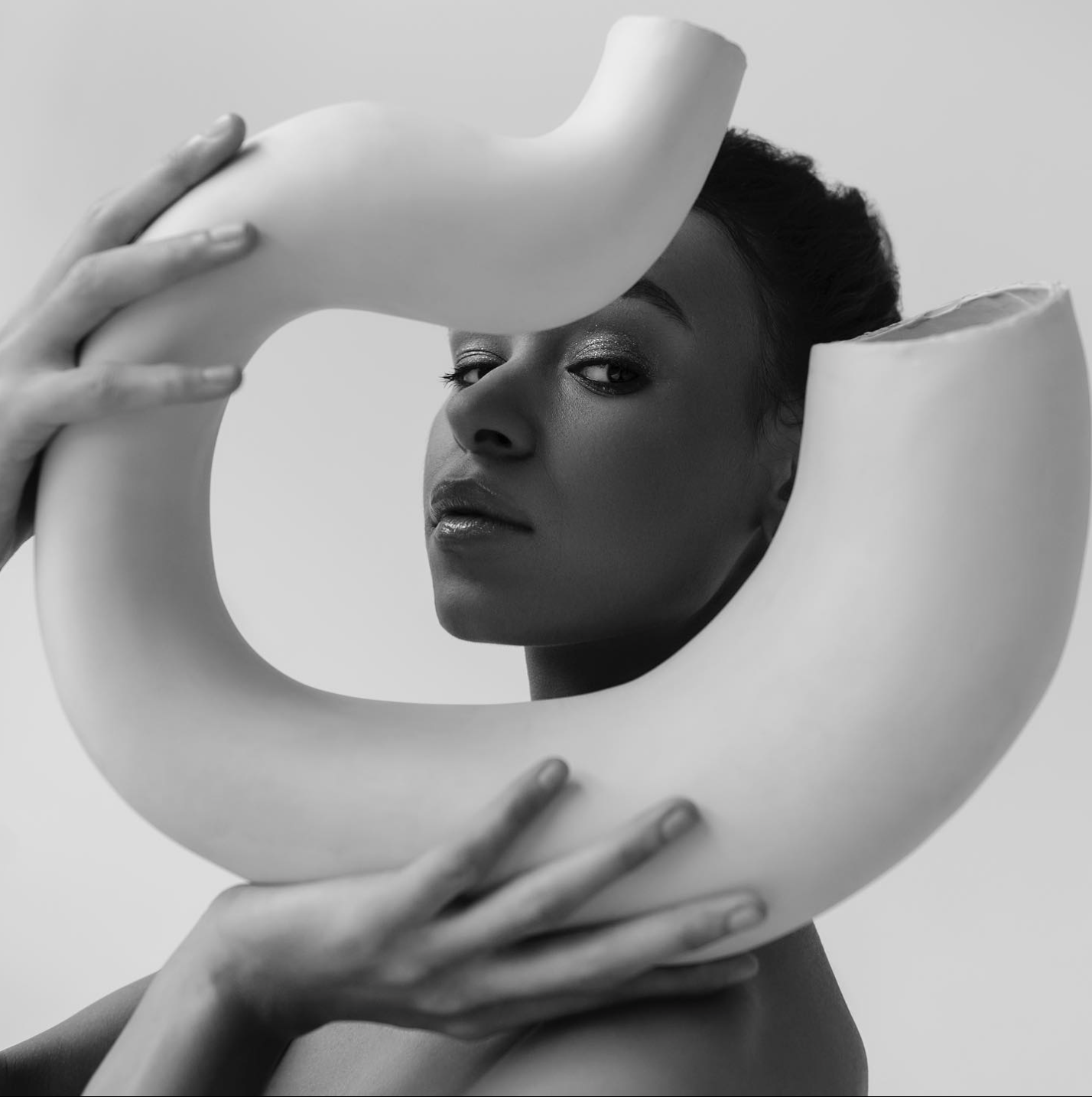


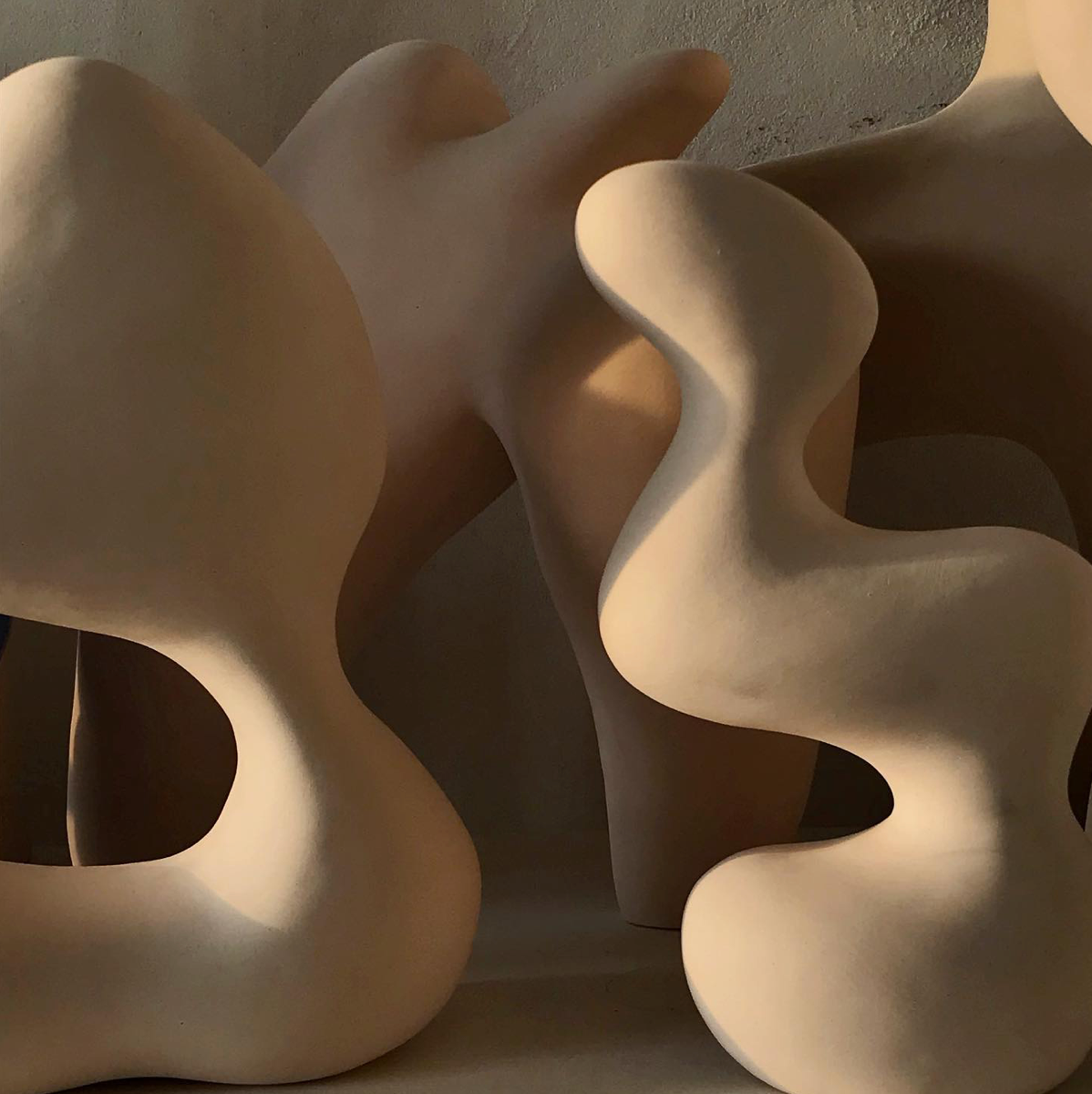
And her plans for the future? “In terms of creative plans, I just want to create, to create a form that best suits the material. But artistic creativity requires calm and contemplation. I can’t work with my fingers frozen from the cold and my mind racing with the horrors of the war around me. But I’m very confident that we’ll soon get through this and I can concentrate on my work, which will give me new impetus to move on.”
Sofia also received some help for his business and creative plans from the manager of the Vilnius–based Contour Art Gallery, who contacted her at the beginning of the war. Thanks to her, she will be going back to Lithuania in February, where she will be provided with suitable working conditions. She will also participate, together with other Ukrainian artists, in the I AM U ARE exhibition, which will showcase some of her vases in Los Angeles and later in New York.
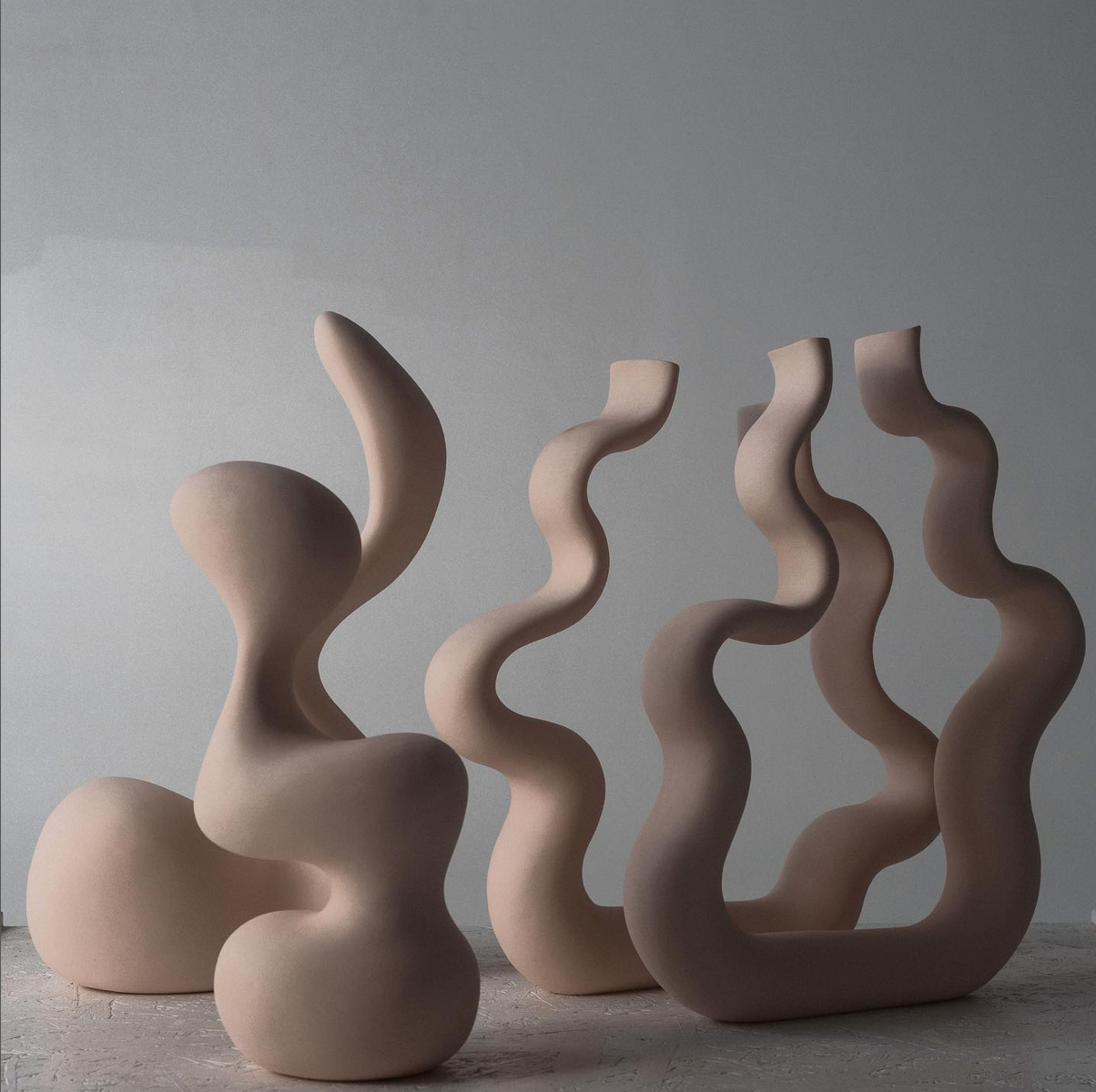
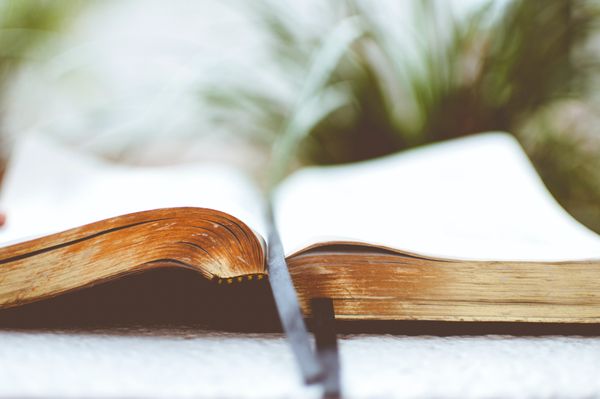
Happy birthday, Hungarian literature! | TOP 5
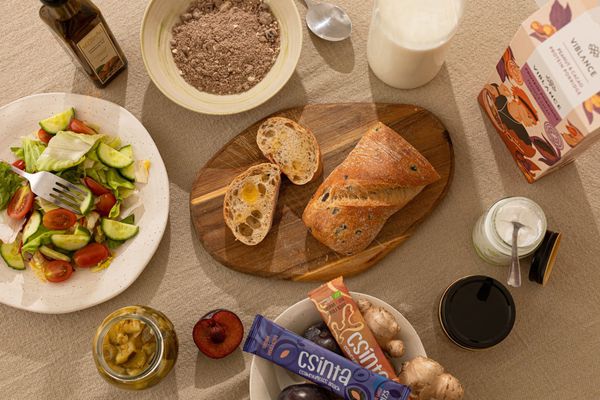
Food design inside and out #4—vegan delicacies
